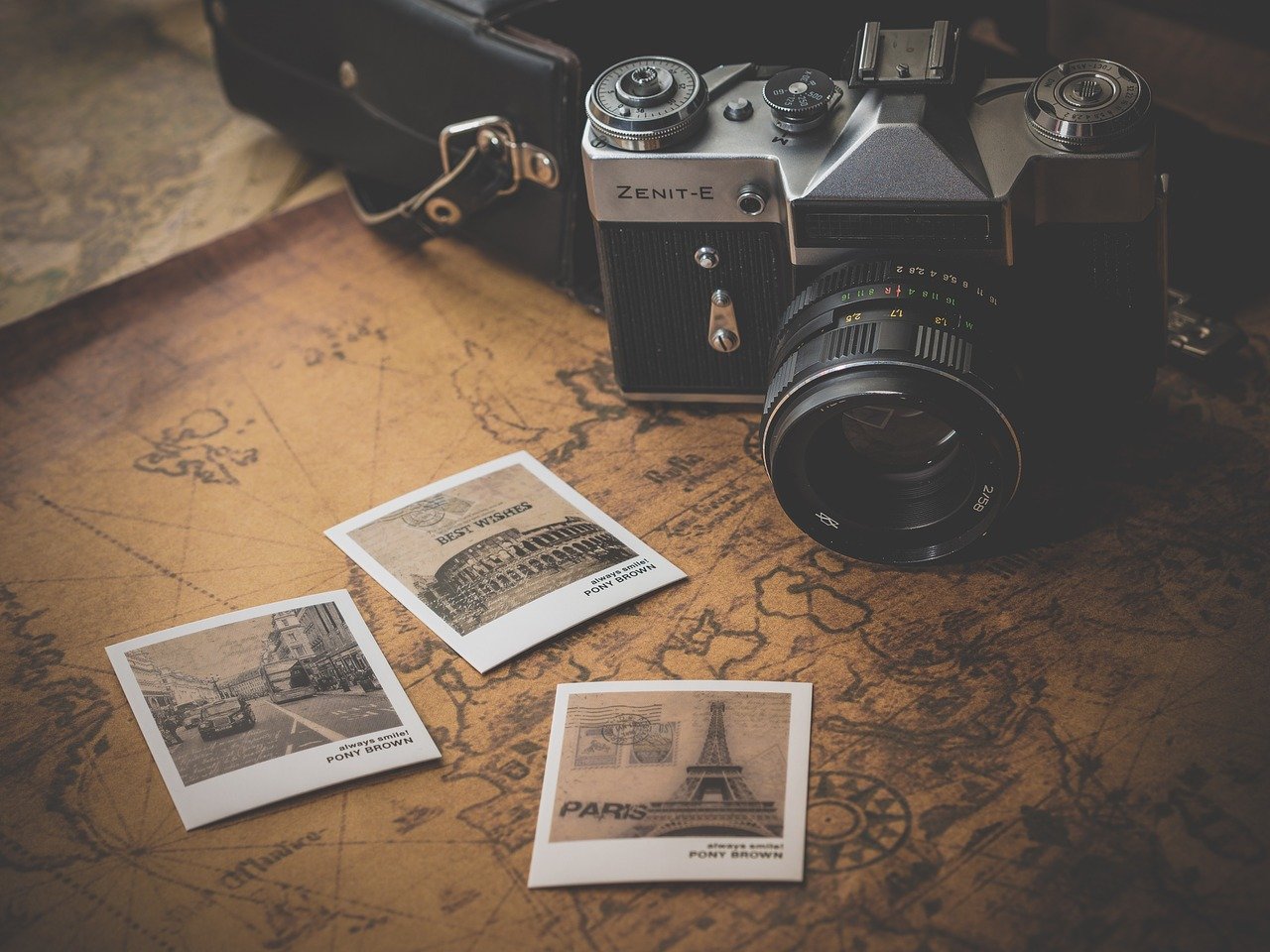Do you want to learn how to photograph ?
In this article I will give you a series of tips in my opinion fundamental for any beginner photographer who wants to start photographing on the right foot.
One moment though!
The first question to ask yourself, even before the “how”, is the “why” you want to learn to photograph …
Maybe you want to take good pictures of your children or friends; maybe instead you are looking for a way to express yourself ; perhaps you feel a generic “appeal” to do something artistic ; or maybe you saw the photos of a great photographer and you would like to be able to do them too … or finally, perhaps, you want to learn and that’s it , for mere curiosity, because today you have decided so, without a precise reason!
As is possible, and indeed, probable, that the answer you are giving today will change over time, as you deepen your skills as a photographer.
The important thing is that, like any path, you start it and carry it forward with awareness . And then, whatever your goals and your motivation, you will find it pleasant and full of satisfaction.
Now, however, philosophy is enough, and let’s start with some practical advice.
I’ll tell you about equipment, plastic bottles, old painters and billiards …
All with the sole purpose of explaining how to learn to photograph.
Is this the first time you read this blog?
download our e-book here for FREE!
Sign up for the newsletter and download our advice manual to improve your photographic technique
You don’t need to spend a fortune to learn how to photograph!
If you are passionate about photography, don’t worry: there will be plenty of opportunities to spend a lot of money on the last, wonderful piece of technology!
However, I absolutely advise against starting to photograph in this way.
Partly because it would be wasted money , since you are not yet able to make the most of technology.
And partly because it would even be counterproductive : in fact it is very frustrating to have to learn to photograph with professional cameras that typically have more features and buttons on the dashboard of a small touring plane.
If you can, borrow a cheap used camera.
If instead you need / want to buy it, an “entry level” will be fine:
If you want to start with the reflex system , I recommend for example the Nikon D3400 or the Canon 1300D
If you want to start with a mirrorless instead, a Canon M100 or a Fujifilm A3 are in my opinion the best choices.
If you don’t know the difference between the two systems, read before you go on the article on the various types of cameras : you’ll find out how and why to choose one system rather than another.
When you buy an entry level, always buy it in kit with the lens. You will save at least fifty euros
Read the manual of your camera
When I take a photography course for beginners, everyone shows up with a brand new camera …
No one has read the manual instead !
Now, spending 2 to 300 euros in a photography course to learn what your camera does really seems a waste to you: so take a few hours, if possible a whole weekend, to read the camera manual and try one after the all other functions and buttons.
At the end of the weekend you will know more than 95% of the world’s population of photography, and you will have acquired:
The terminology needed to follow a lesson / read a book
A minimum of dimistichezza with the “medium”
Practice photographing stupid objects
The first time you get the camera, the temptation to go around photographing water drops on the leaves and the elderly sitting on the benches will be really strong …
Not to mention the times when you will be tempted to ask your best friend to lie down naked and voluptuously between the sheets in front of your lens.
Hold on , and instead spend time learning the fundamentals of photography:
How to do a manual and an automatic focus
What the meter is and how it works
Because the depth of field varies
How Manual / Iris / Timing Modes Work
What it is and how to make a bokeh
How focal length and field angle condition your photos
What is ISO sensitivity
What the hell is meant when you say 1 stop, 2 stops, 3 stops and so on.
To do this, as I said, don’t go around trying to do wonderful shots.
Take 3 puppets instead, or 3 plastic bottles; place them in a row at a distance of 50-60 cm from each other, and start photographing them by varying:
Focus point
Lighting
Diaphragm opening
Shooting times
Lens focal length
ISO
And observe what happens to your photographs, first varying these parameters one at a time, and then varying them in combination between them.










